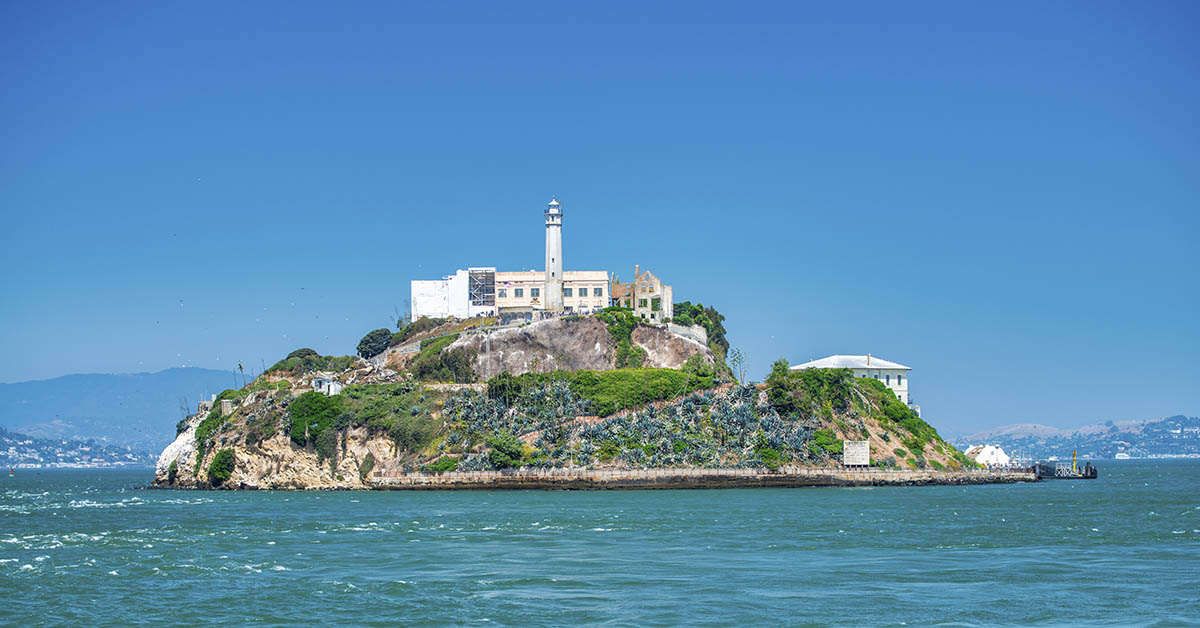Former President Donald Trump recently unveiled a bold proposal: he wants to reopen Alcatraz Island as a federal prison for “America’s most ruthless and violent offenders.” In a Truth Social post, he declared it a necessary move to restore “law, order, and justice.” He positioned the plan as both symbolic and strategic, an effort to project toughness in the face of rising crime.
However, the announcement sparked immediate backlash. Critics slammed the idea as impractical, wildly expensive, and out of touch with modern correctional practices. California lawmakers, human rights groups, and Native American advocates all voiced strong opposition. As debate continues to swirl, one key question rises above the noise: why did Alcatraz close in the first place?
A Fortress Turned Federal Penitentiary
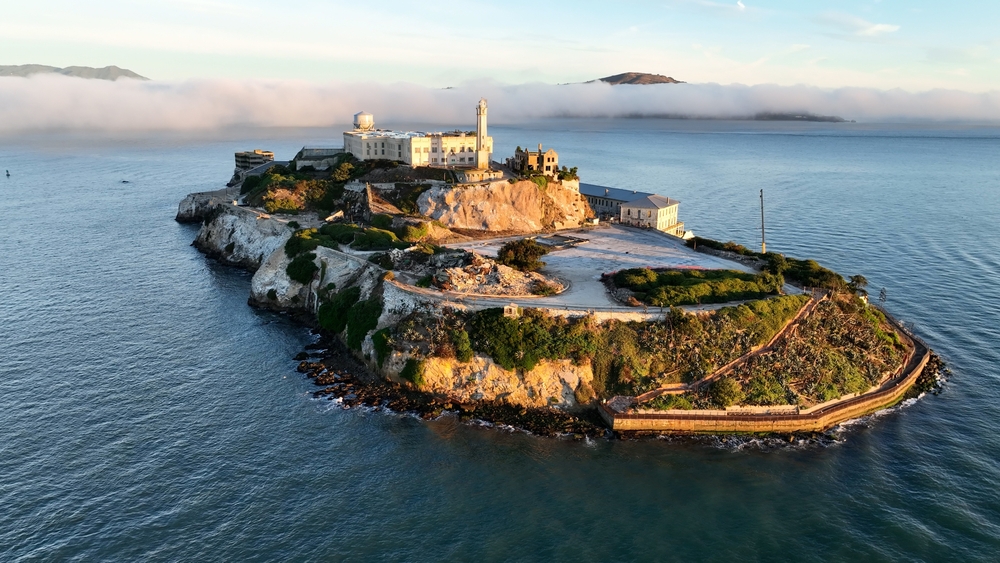
Originally, Alcatraz served as a U.S. military fort. In the 1850s, the Army fortified the rocky island to protect San Francisco Bay from naval threats. Its isolated location, jagged coastline, and frigid waters made it a natural stronghold. Eventually, the Army repurposed it to detain military prisoners, foreshadowing its darker future. By 1934, the Department of Justice took over and transformed Alcatraz into a maximum-security federal prison. Unlike other facilities, Alcatraz didn’t aim to rehabilitate inmates. Instead, it focused on punishment and control. Officials sent America’s most disruptive, dangerous prisoners there, men who had defied rules in other prisons.
Daily Life Inside Alcatraz
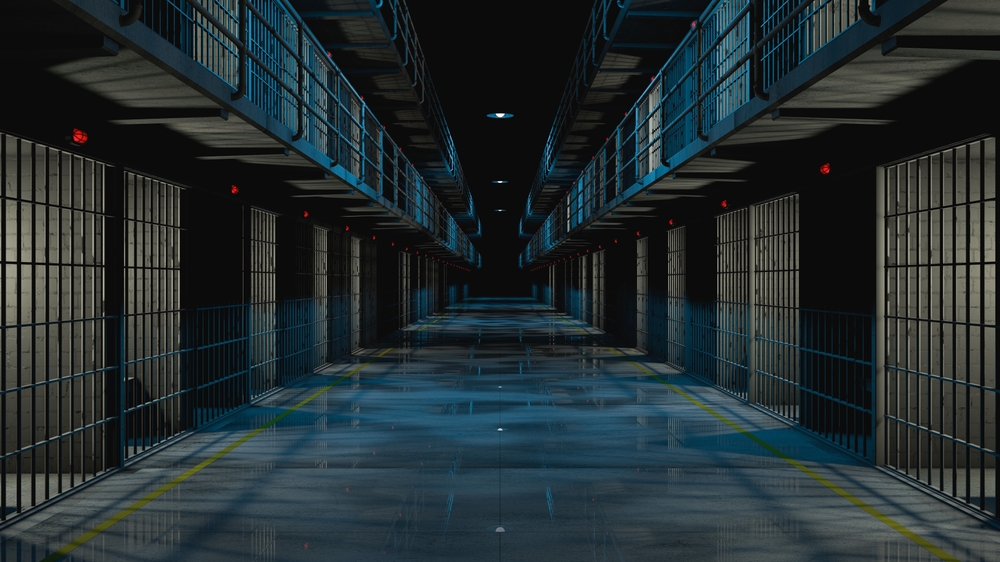
Life on Alcatraz was bleak and isolating. Inmates spent up to 23 hours a day in cramped, concrete cells. Recreation was rare, silence was enforced, and communication was limited. Moreover, the island’s cold fog and howling winds deepened the psychological toll. Even the sounds of laughter and music drifting across the bay from San Francisco reminded prisoners of what they had lost.
Infamous Inmates
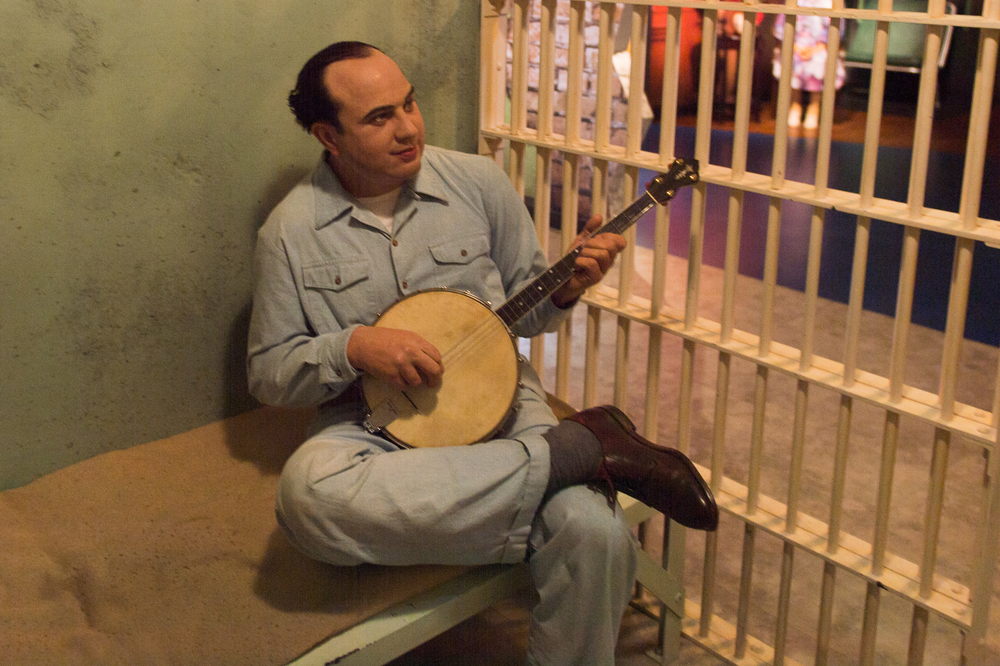
Among the prison’s most famous residents were Al Capone, George “Machine Gun” Kelly, and Robert Stroud, the so-called “Birdman of Alcatraz.” Their reputations, paired with the prison’s harsh conditions, helped solidify its infamous legacy. Over time, Alcatraz came to symbolize the harshest extremes of America’s criminal justice system.
Escape Attempts and Enduring Myths
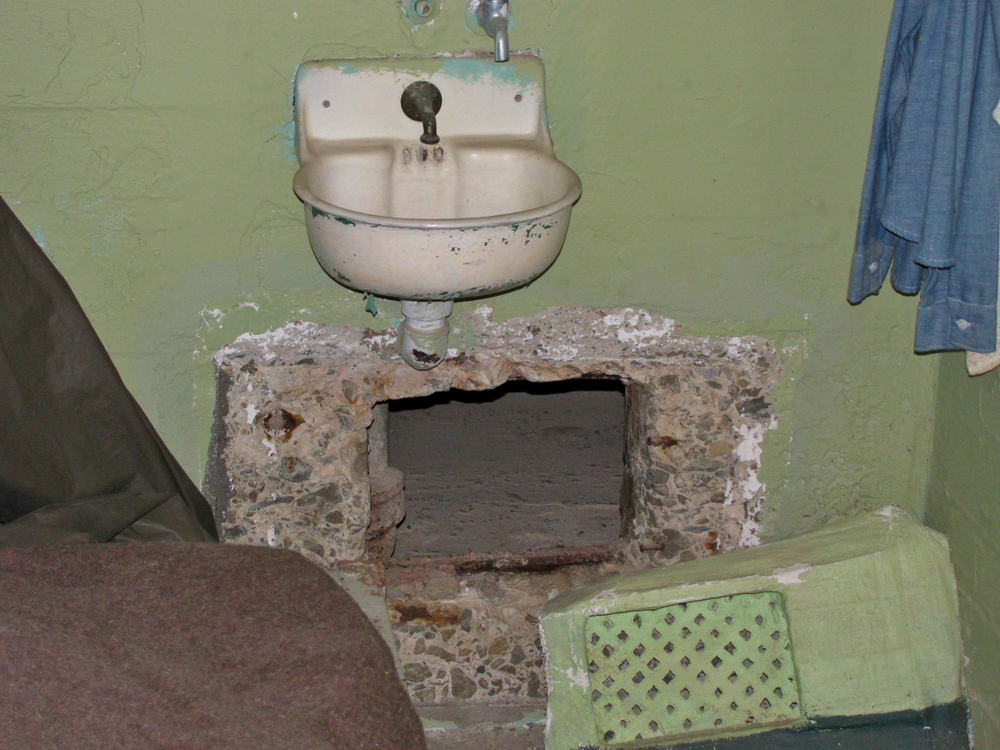
Despite the prison’s reputation for being escape-proof, not all inmates accepted their fate quietly. Over its 29-year history, Alcatraz recorded 14 escape attempts involving 36 prisoners. Most were quickly recaptured or died trying to flee. Still, one escape became legend. In 1962, Frank Morris and brothers John and Clarence Anglin carried out a remarkably clever plan. They tunneled through vents, crafted lifelike dummy heads from soap and paper, and paddled into the bay on a makeshift raft made from raincoats. Their bodies were never found. Although authorities assumed they drowned, many believe they survived, feeding decades of books, documentaries, and conspiracy theories.
Cost, Corrosion, and the Decision to Shut It Down

Interestingly, it wasn’t violence or escapes that shut Alcatraz down, it was cost. By the early 1960s, the prison had become a financial black hole. The federal government spent over $10 per inmate per day, more than three times the national average. Saltwater corroded pipes, cracked the foundation, and caused frequent power outages. Heating often failed, and even basic maintenance proved too costly to keep up. Additionally, every meal, tool, and gallon of fuel had to be ferried in from the mainland. As infrastructure crumbled and expenses climbed, federal officials finally pulled the plug. In March 1963, they closed Alcatraz for good and transferred the remaining inmates to other facilities.
From Prison to National Landmark

Though the prison closed, Alcatraz refused to fade from memory. In 1972, the island became part of the Golden Gate National Recreation Area. Tourists soon began arriving in droves, curious to see the cells, walk the corridors, and hear the chilling stories. Rangers turned the former penitentiary into a living museum. Today, more than one million people visit Alcatraz annually. They explore the very same spaces once occupied by America’s most dangerous men. Through audio tours, exhibits, and historical storytelling, the island offers visitors a haunting yet educational glimpse into the nation’s carceral past.
The Native American Occupation and Its Lasting Impact

Alcatraz also holds deep cultural and political significance for Native Americans. In 1969, activists from the “Indians of All Tribes” group occupied the island to protest the U.S. government’s broken promises and treaty violations. They cited the 1868 Treaty of Fort Laramie, which stated that unused federal land should be returned to Native people. The occupation lasted 19 months and sparked national media coverage. It marked a turning point in the modern Native American rights movement. To this day, many Indigenous communities view Alcatraz as sacred ground. As a result, any attempt to reopen it as a prison risks erasing this powerful legacy.
Reopening Alcatraz: Symbolism or Serious Strategy?
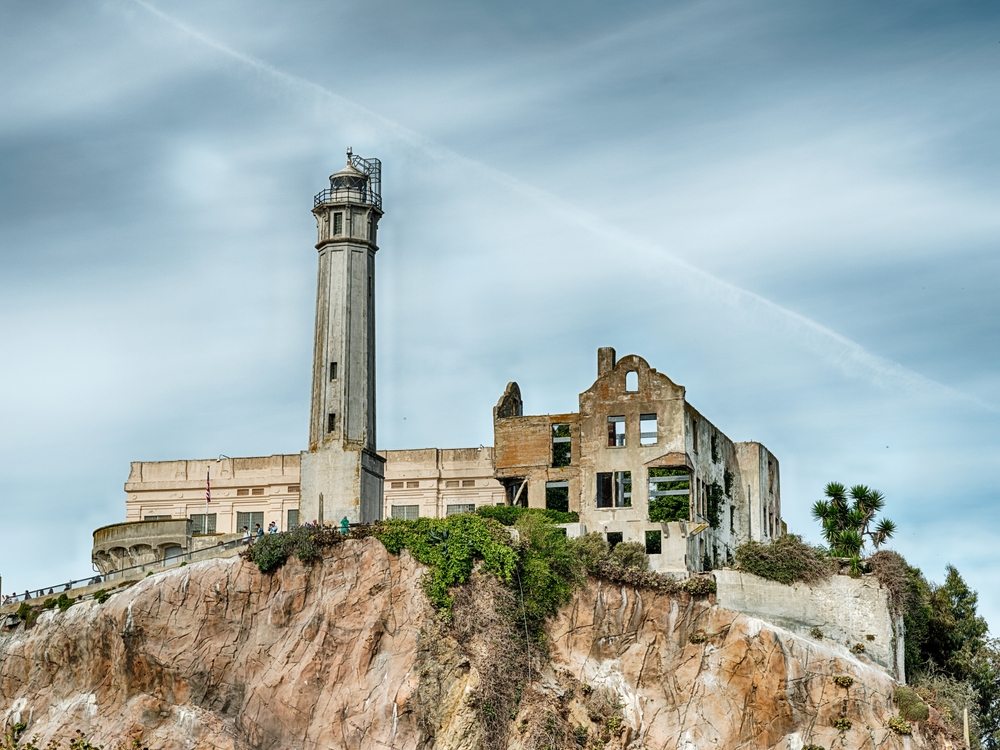
Trump’s plan to reopen Alcatraz may appeal to voters who want stricter crime policies. Yet experts warn the move is more symbolic than practical. The island’s infrastructure is severely damaged. Rebuilding a modern correctional facility there would cost hundreds of millions of dollars, if not more. Moreover, Trump’s record raises ethical concerns. During his presidency, he slashed funding for prison safety programs, including the Prison Rape Elimination Act Resource Center. Human rights advocates fear that reopening Alcatraz would signal a return to punitive, outdated approaches rather than meaningful reform. In short, the plan may be more political theater than effective policy.
A Prison of the Past or a Tool for the Future?

Trump’s proposal has thrust Alcatraz back into the spotlight. But this time, the island stands at the center of a much deeper debate. Should justice focus on deterrence or rehabilitation? Should history be honored, or rewritten? Reopening Alcatraz would require more than money and manpower. It would demand that the nation revisit its values, confront its past, and ask what kind of future it wants to build. One thing remains clear: Alcatraz may be closed, but the questions it raises are still wide open.
Read More: New Pope Leo XIV Has Long Opposed JD Vance and Trump on Immigration
